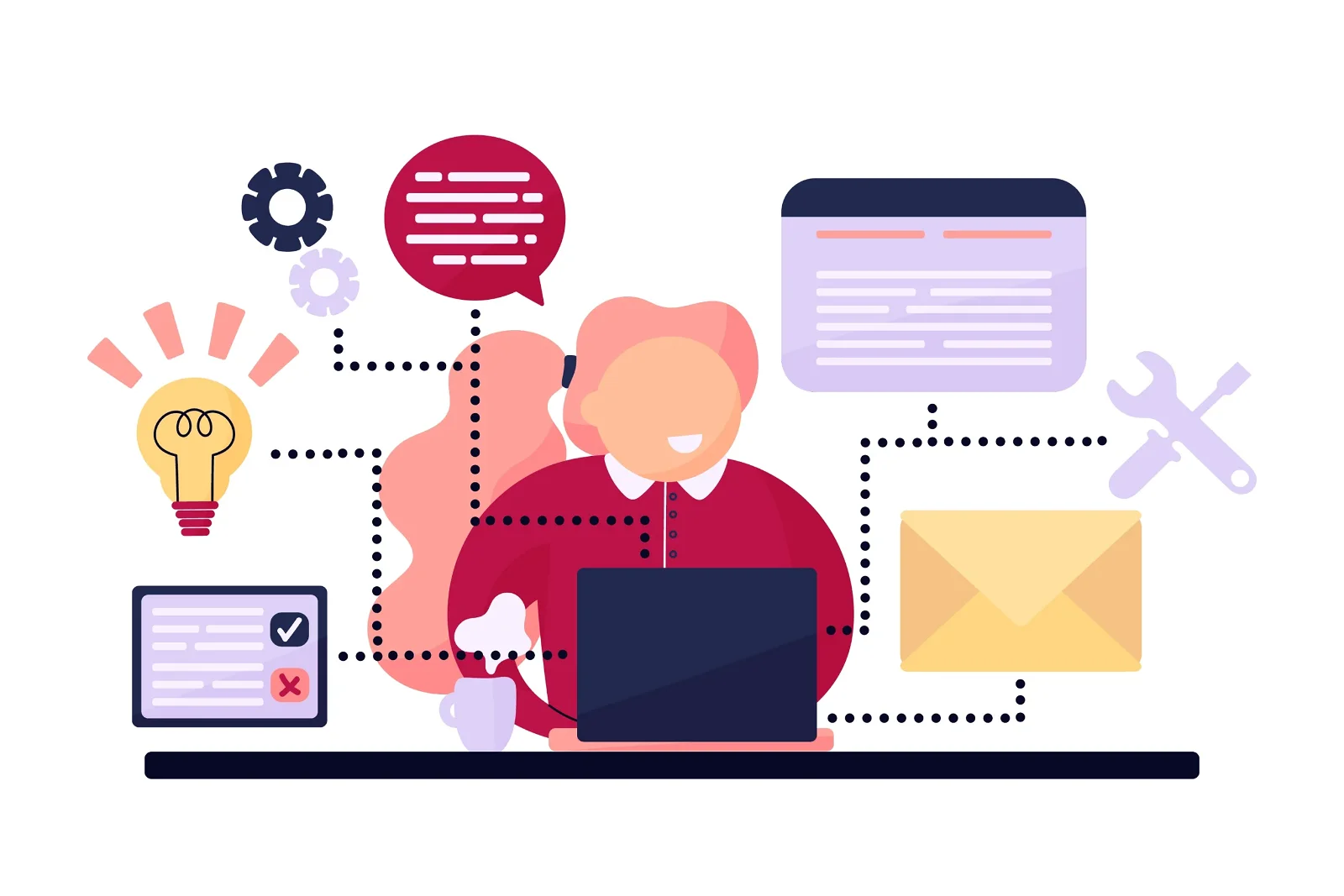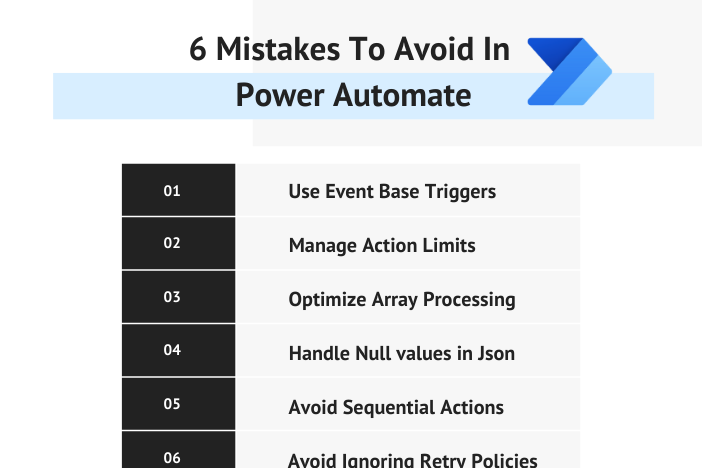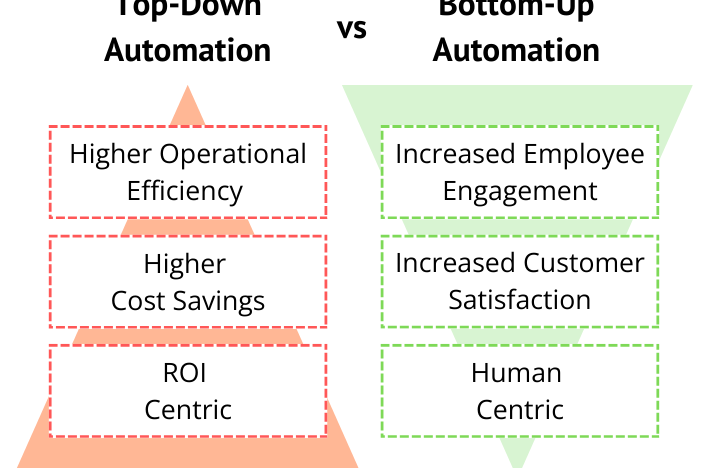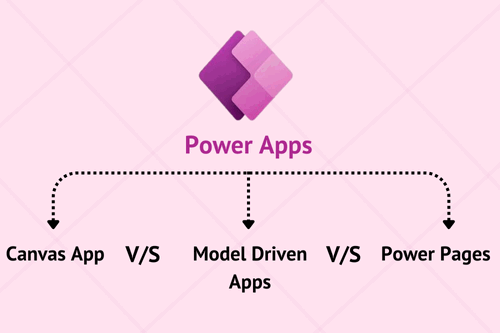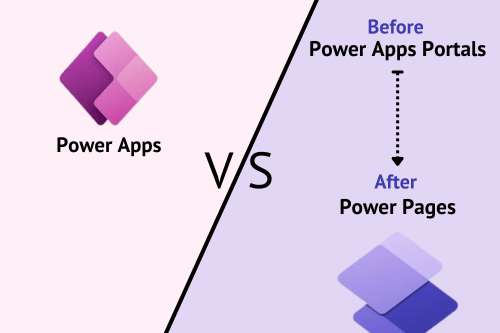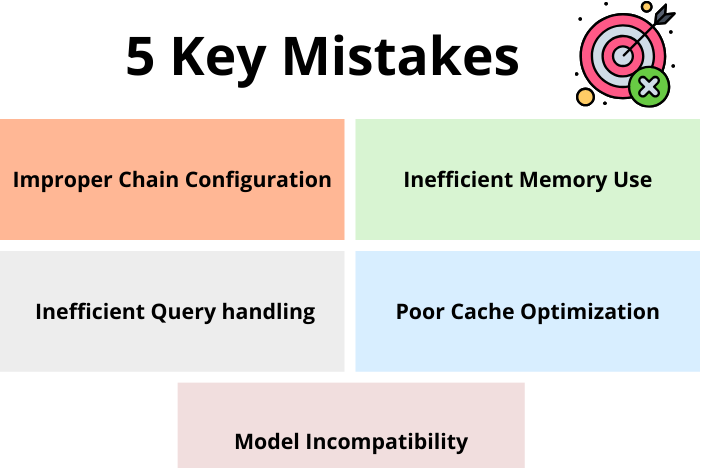In today’s landscape, chatbots and voice bots are present everywhere. Whether it’s a Food Delivery App, a shopping platform, or even a Healthcare application, the trend is clear: businesses are rapidly adopting these conversational technologies. But why is this the case? Let’s understand the reasons behind this rapid transformation. As humans, we’ve often been cautious about embracing new technologies. So, what has changed? The answer lies in the integration of NLP within these systems. Through NLP chatbots and voice bots’ integration, these technologies communicate with us in a skilled manner just like human interaction. This evolution promotes a sense of trust, bridging the gap between human and machine interaction seamlessly.
This blog will explain how NLP, NLU and NLG together help SMBs increase their customers and enhance customer experience using different approaches. Before explaining what NLP or Natural Language Processing is, we are going to stress why it is important for businesses.
Why do machines need NLP?
Machines are designed for our comfort, not to complicate our lives. If a machine can’t understand us, it can’t truly assist us. In simple words, machines require NLP to understand us, and this understanding goes both ways. NLP empowers machines like chatbots and voice bots to communicate with us in a human-like way, helping us understand more.
NLP acts as a technological bridge between machines and humans, enabling them to understand our emotions, communication style, and language. It functions like a teacher, explaining concepts in a way that resonates with the learner.
What is NLP?
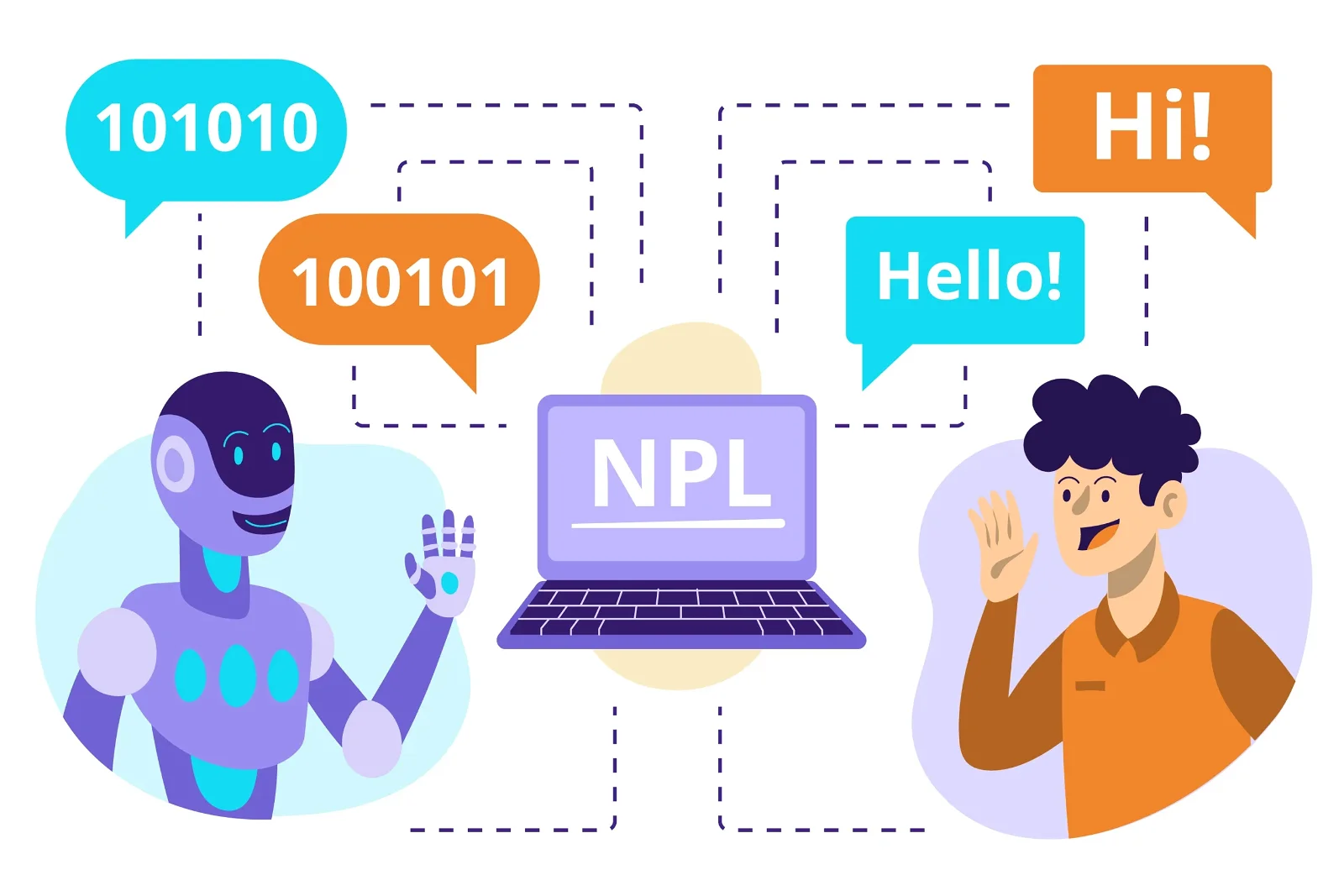
Now that you have understood the importance of NLP for a machine, let’s discuss what NLP actually is! NLP stands for Natural Language Processing, a fusion of Natural Language and Programming Language. Natural Language is the way humans communicate, while programming language is what computers understand. These combined make NLP which helps machines and humans understand each other.
NLP is a branch of Artificial Intelligence that helps humans and machines understand and interpret each other. It helps Chatbots and Voice bots perform tasks like language understanding, sentiment analysis, question answering, and more, enabling machines to comprehend and respond to human language.
What do NLP Chatbots and Voice bots do?
NLP is involved in various tasks, but its four primary roles are:
Speech Recognition involves teaching machines to understand spoken language and convert it into text. It’s the technology that different voice assistants like Siri or Google Assistant use. When we speak to a device, NLP algorithms work to decipher your words, transforming them into text that the machine can then understand and respond to. Speech recognition is not just about identifying words; it also deals with accents, intonations, and variations in speech patterns.
Named Entity Recognition identifies and categorizes specific elements within a text. These elements could be anything such as people, locations, organizations, dates, etc. Let’s take an example, in the sentence “Bill Gates and Paul Allen founded Microsoft on April 4, 1975, in Albuquerque.”, here, NER would identify ” Microsoft” as an organization, ” Bill Gates and Paul Allen” will be identified as person, and ” Albuquerque” as a location. NER plays an important role in extracting meaningful and important information from texts and understanding the context in which they are mentioned.
Sentiment Analysis, which is also known as opinion mining, involves figuring out the emotional context in any text. NLP algorithms analyze the words used and the way they are structured to interpret which kind of sentiment is expressed – positive, negative, or neutral. This is widely used in social media monitoring, customer reviews, and brand perception analysis. Businesses use sentiment analysis to understand how customers feel about their products or services.
There are many words in the English language that have multiple meanings and we use them depending on the context of our conversation. Word Sense Disambiguation helps in determining the correct meaning of a word based on its context within a sentence or a text. Let’s understand this with an example, the word “bark” can refer to the sound a dog makes at the same time it also refers to the skin of a tree. NLP algorithms use surrounding words and phrases to figure out the intention behind the word, making sure the interpretation is accurate.
Understanding NLU and NLG!
To completely understand NLP, you need to understand NLU and NLG.
• NLU
Natural Language Understanding or NLU is a key aspect of NP which allows machines to understand the human language. With the help of NLU, a machine is taught how to extract meaning, context or intent from any text or speech. This process involves tasks like part-of-speech tagging, syntactic parsing, named entity recognition (NER), dialogue state tracking and sentiment analysis. NLU can make a machine understand everything like the tone of the user even after any language variation.
• NLG
Natural Language Generation or NLG is a part of NLP that deals with human-like language generation. It has Language Generation Algorithms which makes machines take structured data, facts, or any prompts and generate sentences or paragraphs. NLG systems use predefined templates, linguistic rules, and sometimes even machine learning models to create text that sounds natural and contextually appropriate.
These two components of NLP work together to create seamless and effective interactions between humans and machines, enhancing communication and understanding.
Benefits of NLP Chatbots and Voice bots for SMBs
AI-driven solutions are very advantageous in today’s business competition. They empower SMBs to enhance customer engagement, streamline processes, and expand their reach in a competitive market Let’s explore how NLP chatbots and voice bots are reshaping the way SMBs connect with their audience and optimize their business endeavors:
1. Enhanced Customer Interactions with Contextual Understanding
NLP-powered chatbots and voice bots create more meaningful conversations by understanding the context of customer queries, resulting in relevant and personalized responses.
2. 24/7 Customer Support
These bots offer round-the-clock assistance, ensuring customers’ inquiries are addressed at any time, enhancing customer satisfaction.
3. Lead Generation
NLP bots engage users and guide them through the sales, capturing leads by providing information and collecting contact details.
4. Data Insights
These bots gather valuable customer interaction data, helping SMBs make data-driven business decisions and create strategies which are best for their customers.
5. Task Automation
NLP bots automate routine tasks like appointment scheduling and order tracking, freeing up staff for more complex and strategic activities.
6. Sentiment Analysis Integration
Integrating sentiment analysis enables bots to understand customer emotions, tailoring responses and enhancing personalized engagement.
7. Multimodal Fusion
These bots combine text, images, and voice inputs for a better user experience, ensuring an easy transition between communication modes.
8. Multilingual Chatbot
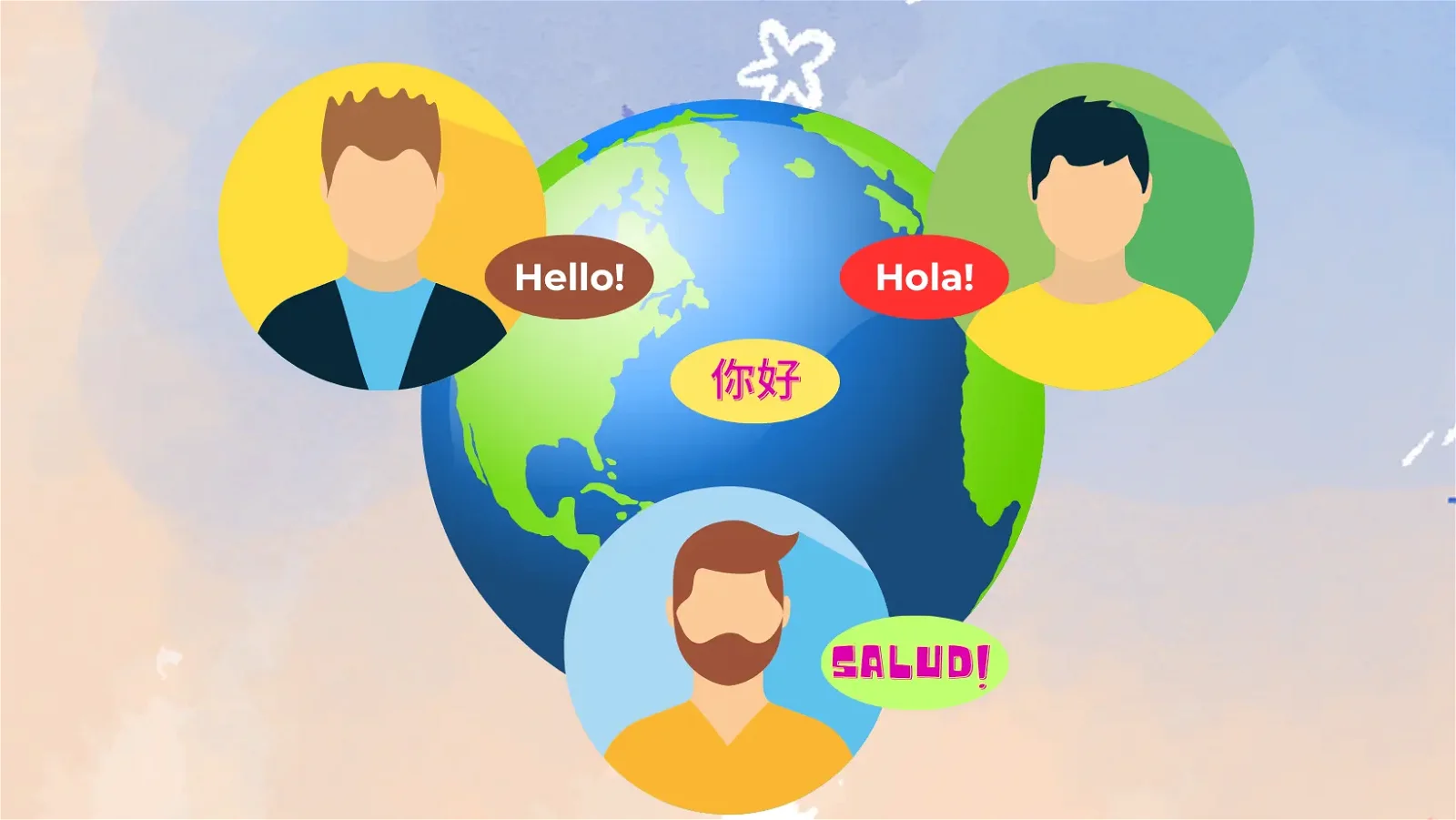
NLP-powered chatbots offer support in multiple languages, expanding the SMB’s customer base and reach to a global level.
Application of NLP Chatbots and Voice Bots
NLP chatbots and voice bots can be used in each and every field. Let’s discuss their applications in some of the thriving industries.
• Customer Support and Service
NLP chatbots and voice bots are widely used for providing instant and efficient customer support, addressing queries, guiding customers through troubleshooting steps, and offering solutions.
• E-Commerce and Retail
These bots assist customers in finding products, making purchases, tracking orders, and providing personalized recommendations based on customer preferences.
• Healthcare
Chatbots and voice bots can offer medical information, schedule appointments, remind patients to take medications, and provide initial assessments for common health issues.
• Finance and Banking
These bots help with account balance inquiries, transaction history, bill payments, and even offer financial advice and investment guidance.
• Hospitality and Travel
Chatbots facilitate hotel bookings, travel reservations, itinerary planning, and offer travel recommendations for tourists.
Conclusion
NLP Chatbots and Voice bots have become everyone’s go-to choice to solve any small level queries, helping businesses save a lot of time, money and effort. This transformation has allowed 24*7 customer support to people in need. Do not miss this opportunity and get your NLP integrated Chatbot and Voice bot for your business today.
We, at Sunflower Lab, have an expert team of developers who can turn your idea into reality and provide the best solutions to help you achieve your goals. Contact Us today!
You might also like
Stay ahead in tech with Sunflower Lab’s curated blogs, sorted by technology type. From AI to Digital Products, explore cutting-edge developments in our insightful, categorized collection. Dive in and stay informed about the ever-evolving digital landscape with Sunflower Lab.


